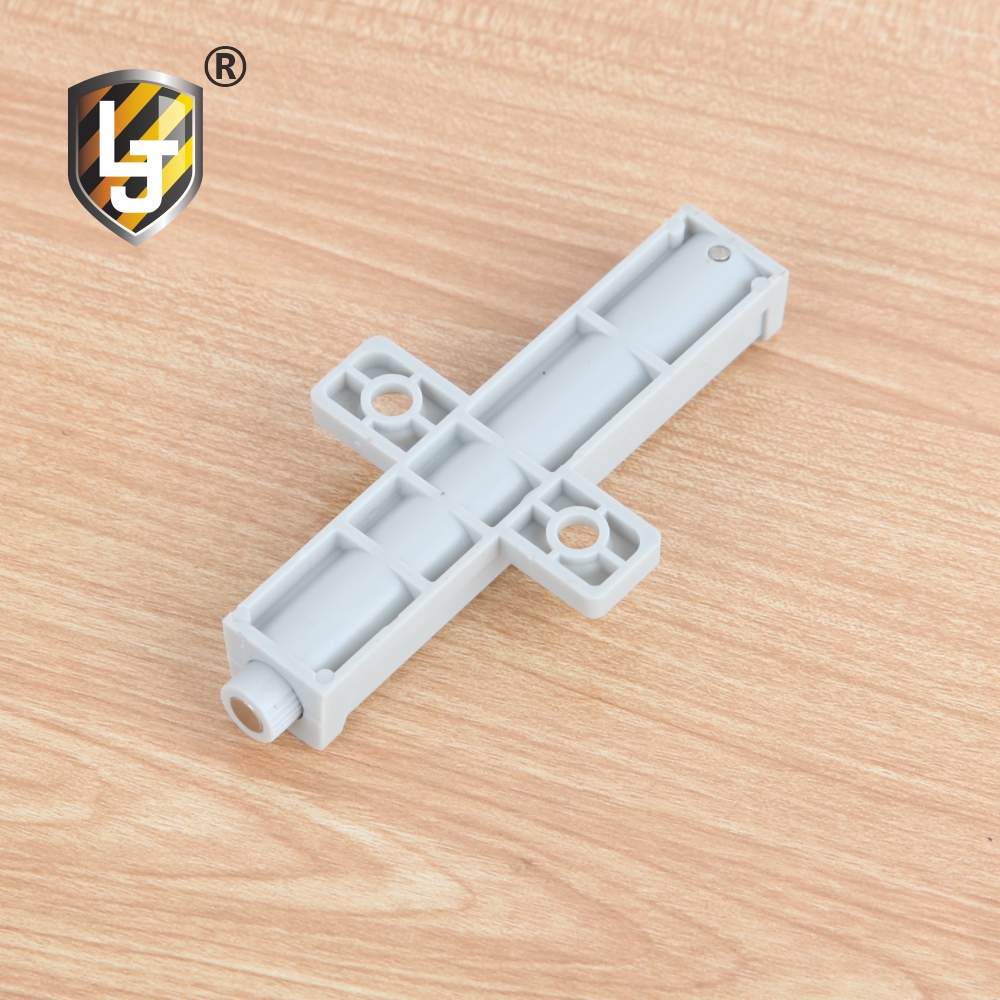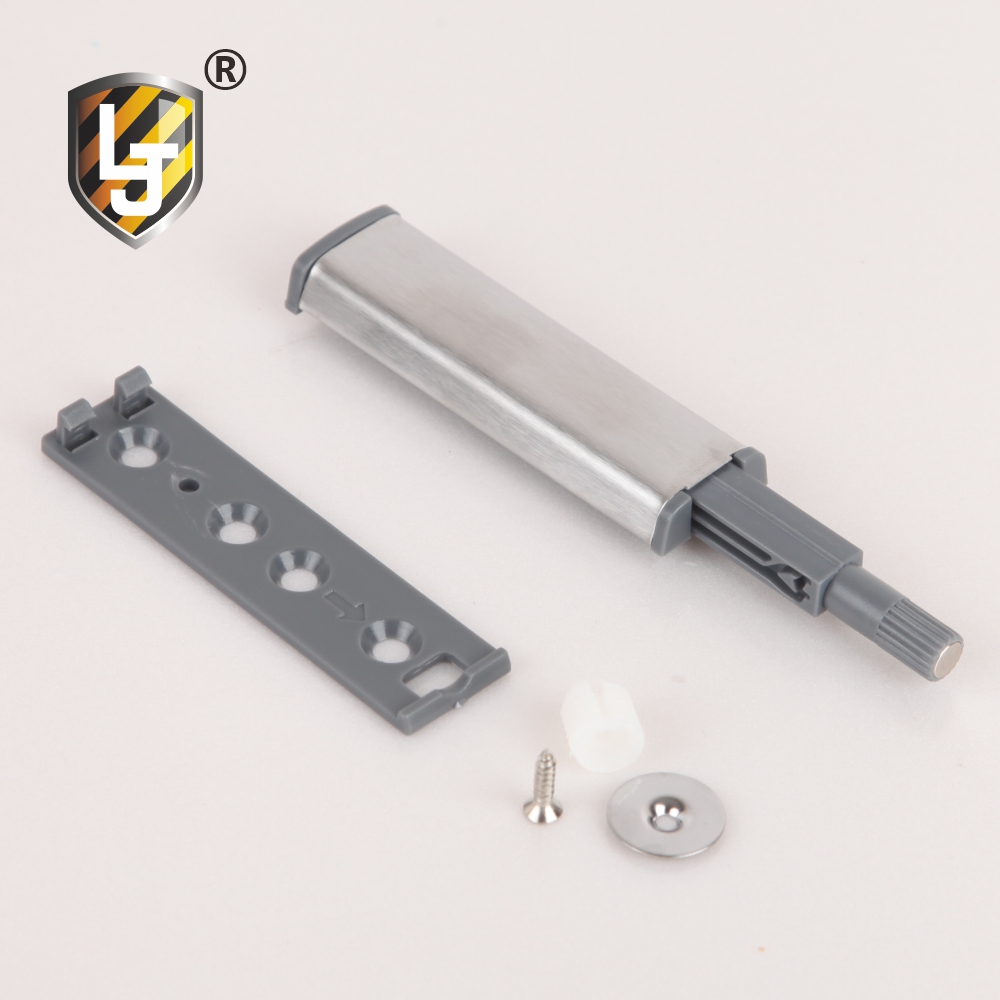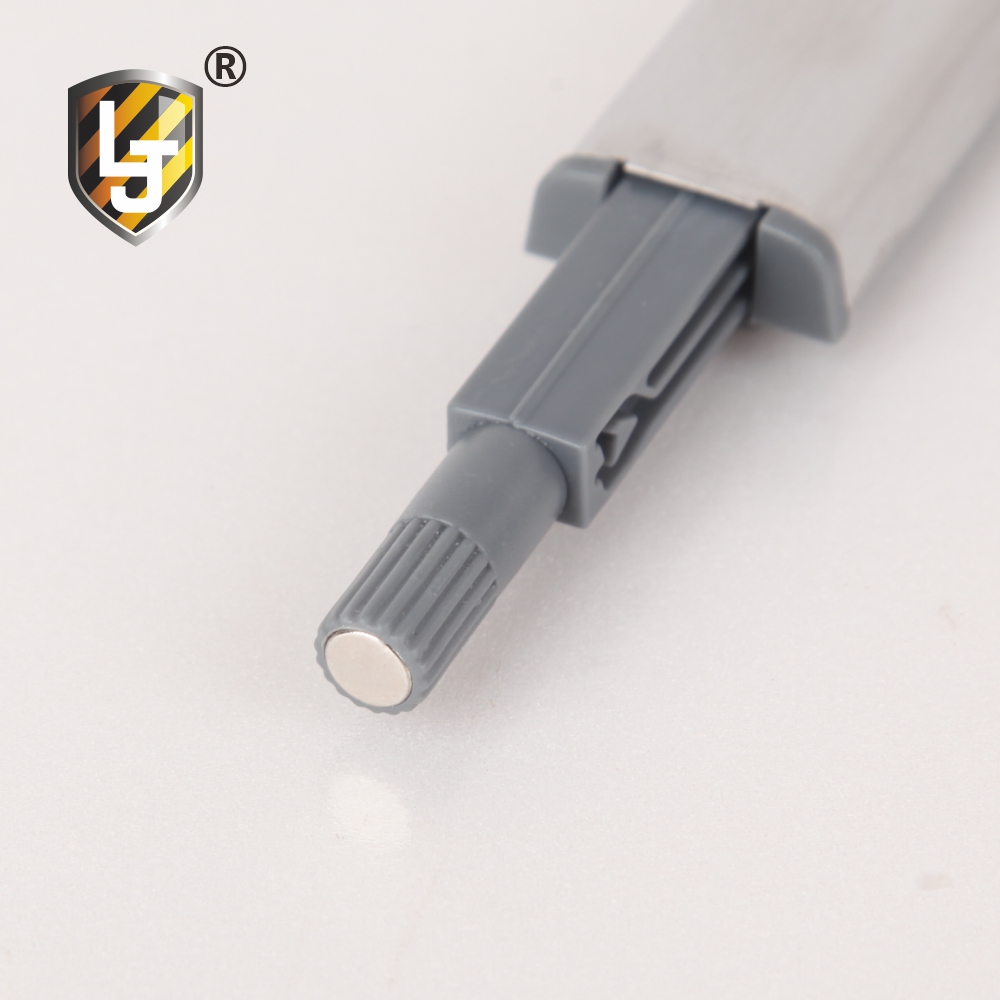Dissecting Every Part of a Touch Latch: Unlocking the Magic Behind Effortless Access
In the world of hardware innovation, touch latches have revolutionized the way we interact with cabinets, doors, and drawers. These sleek and convenient mechanisms offer a hands-free approach to accessing our belongings. In this blog, we'll take a closer look at the various components that make up a touch latch, unraveling the magic behind their effortless operation. Let's dive in and dissect every part of a touch latch!
1. Housing:
The housing of a touch latch is the outer casing that contains the internal components. It is typically made of durable materials like plastic or metal. The design of the housing plays a crucial role in ensuring the stability and longevity of the touch latch.

2. Spring Mechanism:
At the core of a touch latch lies the spring mechanism. This component is responsible for the latch's ability to release and engage with a simple touch. The spring is carefully calibrated to provide the right amount of tension, allowing for smooth operation and reliable performance.
3. Latch Plate:
The latch plate is the part that engages with the strike plate to keep the door or drawer securely closed. It is often made of metal and features a curved or angled design that allows for easy engagement and disengagement. The latch plate is precision-engineered to ensure a secure hold while still allowing for effortless opening when pressure is applied.

4. Strike Plate:
The strike plate is the counterpart to the latch plate, typically mounted on the door or drawer front. When the latch plate engages with the strike plate, it creates a secure closure. The strike plate is strategically positioned to align with the latch plate, ensuring a smooth and reliable locking mechanism.
5. Mounting Hardware:
To install a touch latch, you'll need mounting hardware such as screws or adhesive pads. These components secure the touch latch housing to the interior of the cabinet or drawer. The type of mounting hardware required may vary depending on the specific touch latch model and the material it is being attached to.
6. Release Mechanism:
The release mechanism is the part of the touch latch that allows for easy access and opening. When pressure is applied to the door or drawer, the release mechanism disengages the latch plate from the strike plate, allowing for effortless opening. This mechanism is designed to be responsive and reliable, ensuring a seamless user experience.

A touch latch is a testament to the brilliance of hardware engineering, providing a hands-free and stylish solution for accessing cabinets, doors, and drawers. From the housing that protects the internal components to the precision-calibrated spring mechanism and the engagement of the latch plate with the strike plate, each part of a touch latch plays a crucial role in its effortless operation. So, the next time you open a door or drawer with a simple touch, take a moment to appreciate the intricate design and craftsmanship that goes into making a touch latch work like magic!
Remember, touch latches are available in various styles and sizes, so be sure to choose the one that best suits your needs and aesthetic preferences. Enjoy the convenience and elegance of touch latch technology as it enhances your everyday interactions with your cabinets and drawers.
